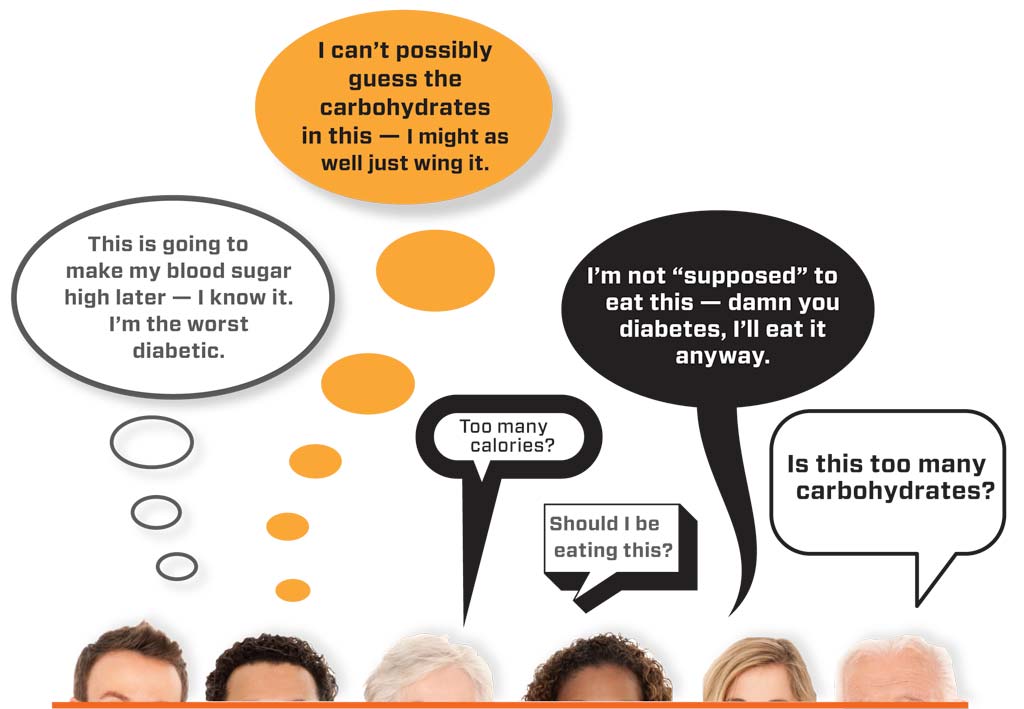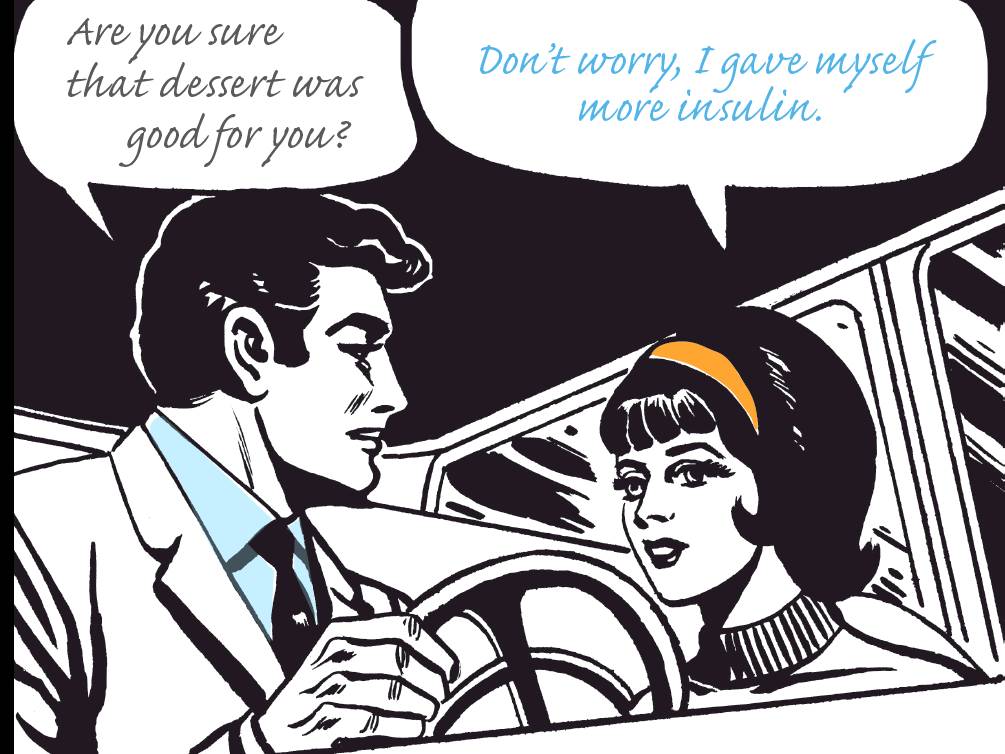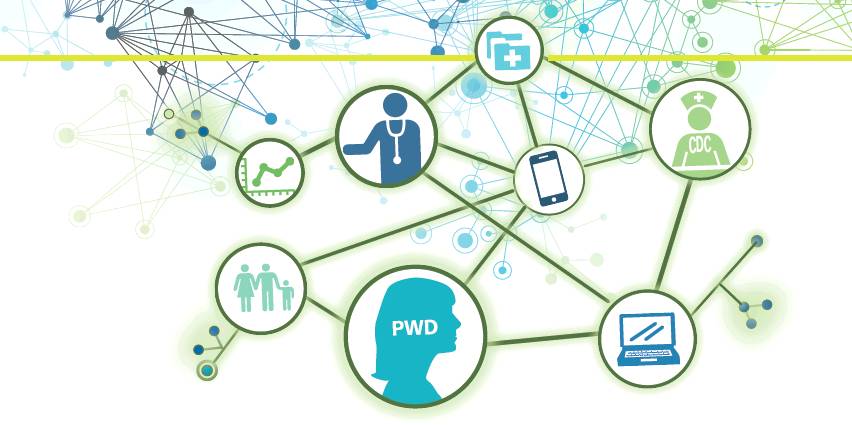Feeling Blue About World Diabetes Day

There are going to be a lot of confused tourists at the Crazy Horse Memorial in South Dakota this November 14th. The giant statue being carved out of a mountain will be illuminated blue, but chances are many visitors won’t know the reason why.
In baseball, when New York Mets third baseman David Wright starts swinging a pink bat for a game, most people can guess the reason. If a celebrity decides to adorn his classic black tux with a small pin of a red ribbon, everyone knows what he’s supporting. But if you painted your face blue tomorrow, few people would guess it has anything to do with World Diabetes Day. Few people would even be able to tell you that November is National Diabetes Awareness Month.
Breast cancer and AIDS are devastating, and the more awareness and research funding raised to fight these two diseases, the better. Yet diabetes’ impact in the U.S. dwarfs the impact of these two diseases combined. According to CDC statistics, some 1.15 million people in the U.S. have HIV, and roughly 210,000 women and men are diagnosed with breast cancer annually. Sobering statistics, but some 25.8 million Americans have Type 1 or Type 2 diabetes. That’s more than 8% of the population, and 7 million people in the U.S. go undiagnosed. Depending on which figures you go by, some 10% to 20% of the health dollars in the U.S. are spent to treat diabetes or diabetes-related complications. With such sobering figures, why isn’t the world painted blue for November?
There are a number of reasons to consider, say stakeholders in the diabetes community. Janice Baker, a certified diabetes educator with Bakernutrition.com, suggests the commonness of diabetes might work against efforts to raise awareness; it becomes an everyday occurrence, she says.
Many people may have diabetes, but a good percentage of that population don’t want to talk about it, she says. Type 2 diabetes, the most prevalent form, is still considered by many to be a condition that people “get” exclusively because of their lifestyle choices. Even many doctors don’t fully take into account the complex role genetics may play, she says.
“There’s a lot of people who feel shame and guilt because even their healthcare providers are blaming them,” Baker says.
Another possible factor for the lack of attention could be that uncontrolled diabetes isn’t always as swift and dramatic in how it kills people, says Gary Scheiner, a certified diabetes educator with Integrated Diabetes Services and a person with diabetes.
“[Diabetes] doesn’t present an immediate threat to one’s life, the way cancer and heart disease and AIDS often do,” Scheiner says. “Diabetes is a slow killer, and slow killers don’t make headlines like an axe murderer.”
There’s a need to sound the alarm about the devastating health implications of uncontrolled diabetes, says Hope Warshaw, a certified diabetes educator and author of Diabetes Meal Planning Made Easy. Unfortunately, it’s considered a “ho-hum” disease, which makes it difficult to generate a sense of urgency, she says.
“We haven’t created the ‘Oh my god’, the move to action, the ‘Act now,’” Warshaw says.
Noted diabetes researcher and endocrinologist Dr. Claresa Levetan believes diabetes awareness efforts have a branding problem. Two decades ago, Dr. Levetan was part of the initial effort to raise diabetes awareness in the eighties. She took part in meetings that first convinced U.S. lawmakers to allow the Medicare and Medicaid programs to reimburse for diabetes testing supplies. Even then, she says she found that some diabetes researchers and policymakers were resistant to suggestions to raise awareness of diabetes with slogans and symbols. The branding effort was further hampered by disagreements on tactics over the years, she says.
“I think it takes a lot of unified voices and we have a lot of disparate voices. We have a lot of confusion. We have a lot of people vying for their own agenda,” Dr. Levetan says.
of confusion. We have a lot of people vying for their own agenda,” Dr. Levetan says.
Whatever the cause, all agree more could be done to raise awareness of the need to diagnose and treat diabetes, especially as cases of Type 2 diabetes skyrocket in the U.S. and in countries like India and China. No one dies from well-controlled diabetes, the slogan goes, but many die from badly-controlled diabetes.
There now may be a window of opportunity. First Lady Michelle Obama has staked her legacy to efforts to combat obesity. And recently, the universally-revered actor Tom Hanks publicly shared his Type 2 diagnosis. If National Diabetes Awareness Month is ever going to gain traction, this might be the time to make blue the new pink.
The team at Insulin Nation and Type 2 Nation want to hear your suggestions on how to get National Diabetes Awareness Month the attention it deserves. Throughout the year, we’ll be brainstorming how to make World Diabetes Day a more memorable occasion. How do you want to celebrate next November 14th, 2014? Share your thoughts with us via Facebook, Google+ and Twitter.
Thanks for reading this Insulin Nation article. Want more Type 1 news? Subscribe here.
Have Type 2 diabetes or know someone who does? Try Type 2 Nation, our sister publication.







